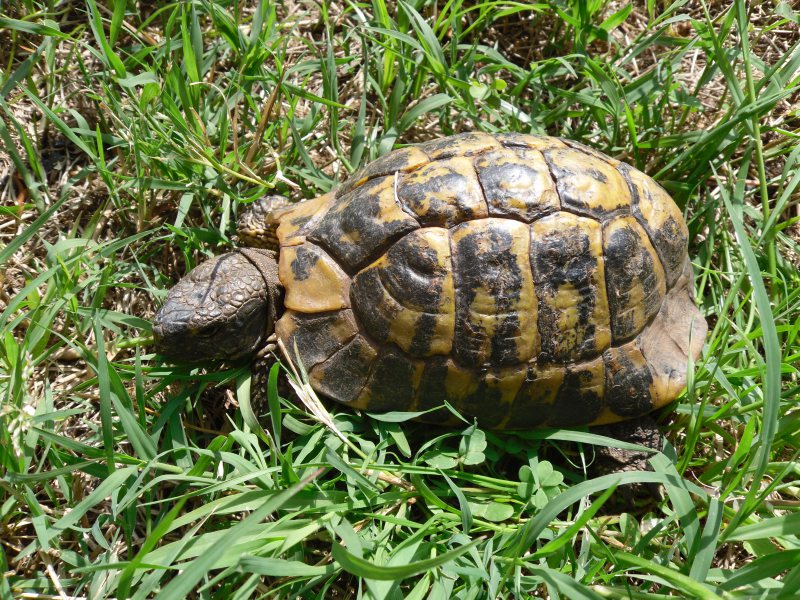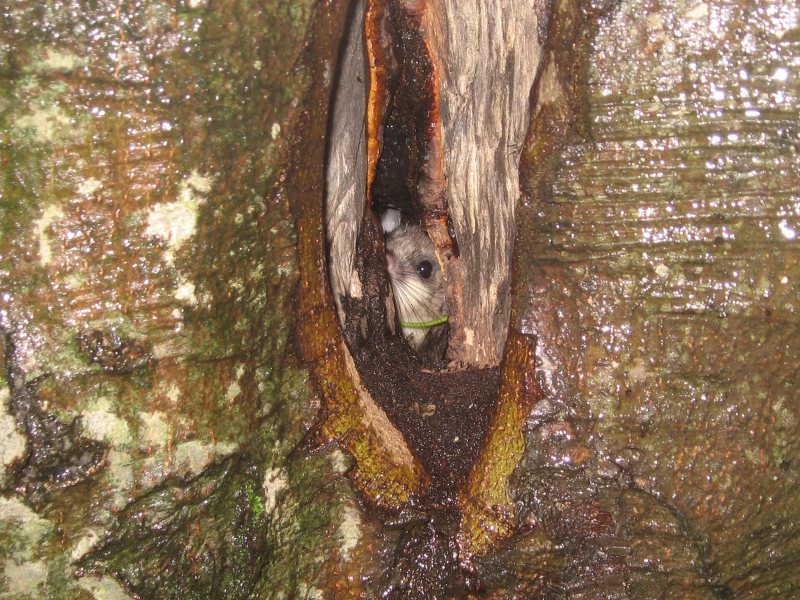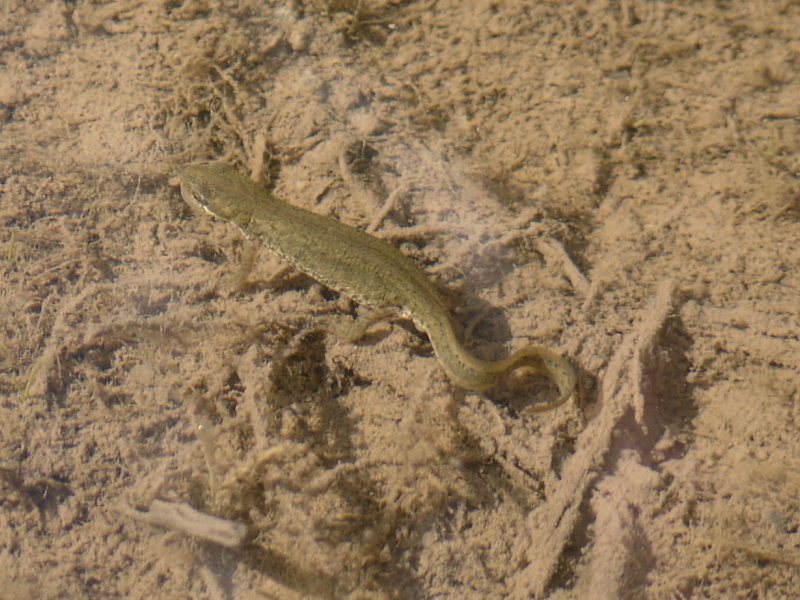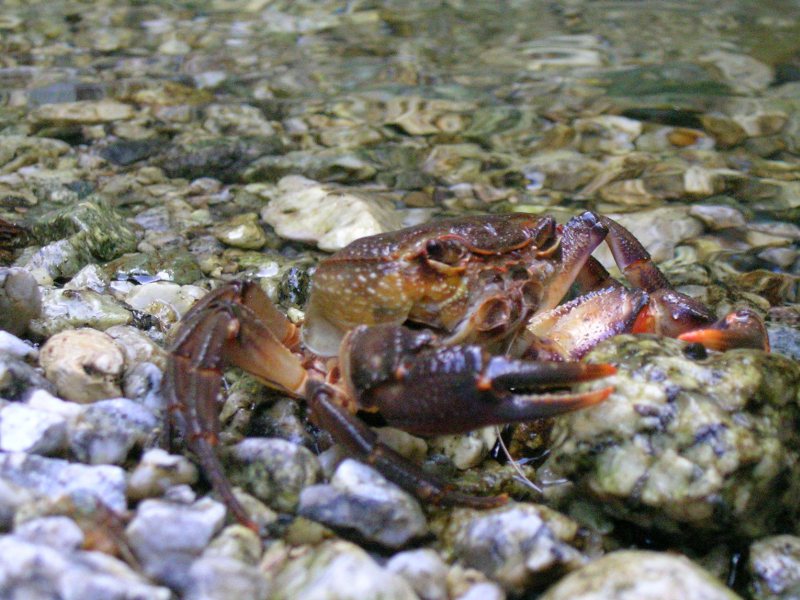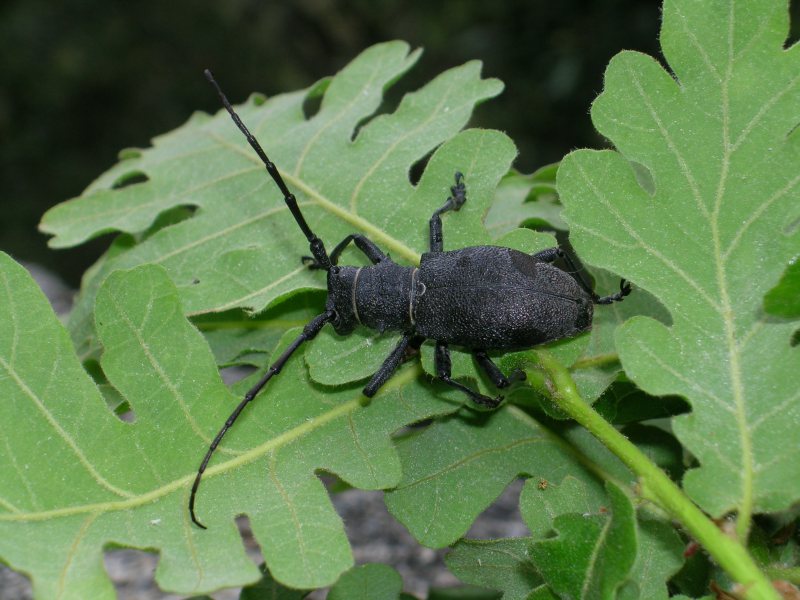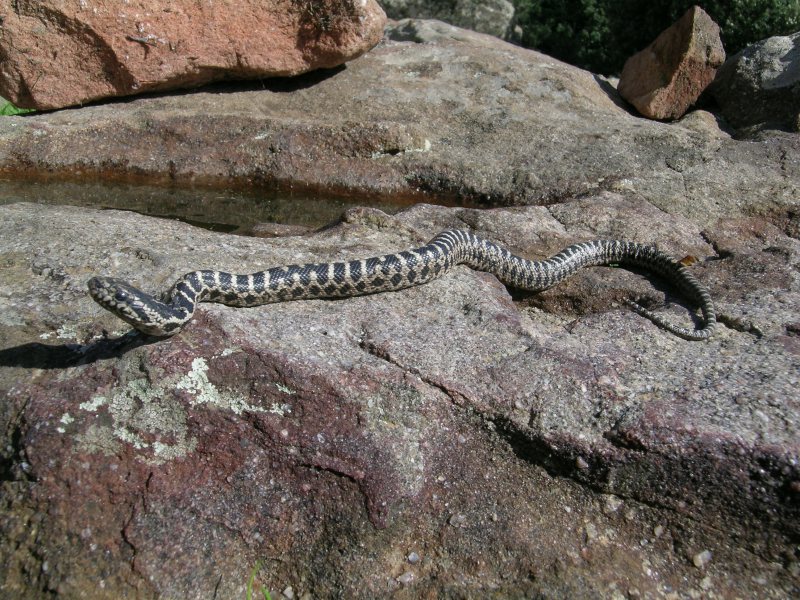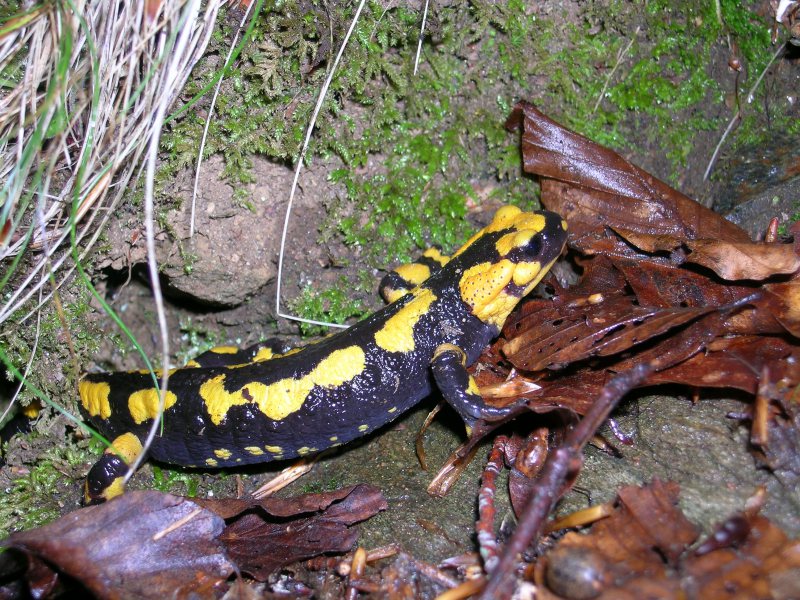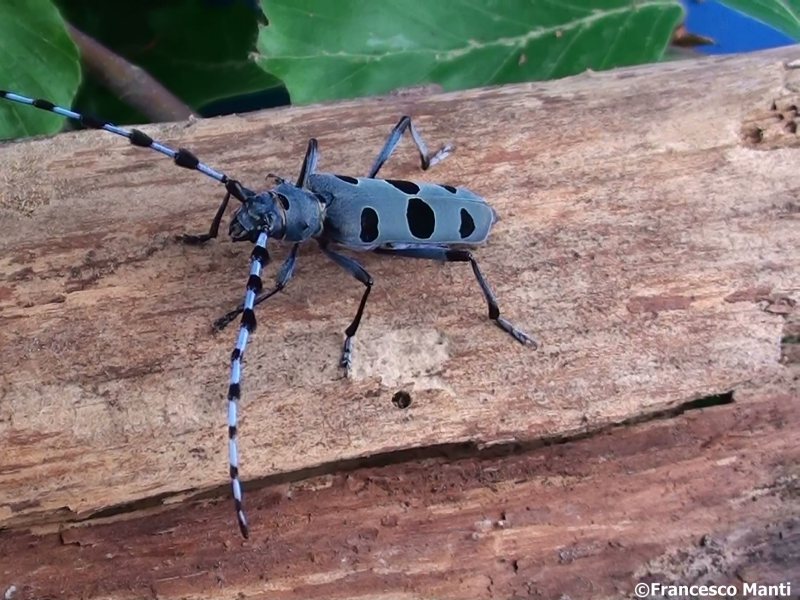The Fauna of Greek Calabria
Descrizione
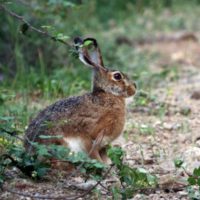
The diversity of environments that characterizes the Graecanic Area explains the presence of an equally varied fauna, frequently recalled in names and place names (many containing the lexeme agrò meaning wild). The species that inhabit the area are, however, scarcely recollective of those that lived here in prehistoric times, when one huge forest cloaked this territory and provided shelter for myriad wild animals. More recently we have witnessed the disappearance of peerless animals like the bear, deer or otter (zzinnopòtamo in Calabrian Greek).
From the mid nineteenth century on, the reclamation of the vast wetlands along the coast, deforestation availing of intensive methods and increasing urbanization have deprived much of the local wildlife of its natural habitat. To this we have to add intense hunting, often practiced without complying with the law or heeding scientific criteria. However, in recent years the creation of the Parco Nazionale dell’Aspromonte [National Park of Aspromonte] has provided many species with habitats in which to resume their life cycles. The reintroduction by the Park -with the fundamental collaboration of the more sensitive huntsmen’s associations – of the capriolo italico [Italic roebuck- Capreolus capreolus] between 2009 and 2011 has proven to be both significant and successful. About a hundred heads are now to be found mainly in the beech forests at altitudes upward of 1,500 metres above sea level. Another species which has long symbolised our mountains is the wolf, lico in Graecanic, (Canis lupus italicus), an animal hunted and persecuted, but for over a decade now, studied and protected thanks to the Park authorities.
The wild boar, agrochirìdi in Graecanic , (Sus scrofa), is the king of the scrub and moves about with great agility in environments characterised by an intricate kind of vegetation, impenetrable to man. Its presence is widespread and due to mindless repopulation it causes serious damage to crops. The opposite is the case of the Italian hare, lagò in Graecanic, (Lepus corsicanus). The object of intense hunting, because plentiful, thanks to repopulation, is the European hare (Lepus europaeus).
The wild cat (Felis silvestris), even if not frequently spotted, is present in all the area’s woodlands. The same may be said of the skunk (Mustela putorius), the badger (Meles meles) and marten (Martes martes). More common and easier to spot are the fox, lupùda in Graecanic, (Vulpes vulpes), the weasel (Mustela nivalis ) and stone marten (Martes foina). Less common is the hedgehog (histrix cristata) whose long quills are often come across. Other rodents found here are the squirrel (Sciurus vulgaris) frequently seen in the woods in its southern Italian variety (Sciurus vulgaris meridionalis), characterized by its black livery and white belly. Quite widespread, but threatened by poachers because of the alleged quality of its meat, it is the dormouse, oddhìo in Graecanic, (Glis glis). Very rare is the forest dormouse (Dryomys nitedula), found in Italy only in the North Eastern Alps and Calabria.
And now to species of birds. There is the golden eagle, atò in Graecanic, (Aquila chrysaetos), which seems to nest also in the Aspromonte district. Rarer are the Bonelli eagle (Hieraaetus fasciatus), the Lanner falcon (Falco biarmicus) and the short-toed snake eagle (Circaetus gallicus). The birds of prey found in the forests are the goshawk (Accipiter gentilis) and the sparrow hawk (Accipiter nisus). The peregrine falcon (Falco peregrinus), the buzzard (Buteo buteo), the hobby (Falco subbuteo), the kestrel (Falco tinnunculus), the black kite (Milvus migrans), the red kite (Milvus milvus) and others are quite common. In the woods we also find the black woodpecker, in Graecanic pelecàno meaning to cut with an axe, (Dryocopus martius), which you can hear pecking on tree trunks in search of insects. The nocturnal birds of prey include the rare eagle owl, agolèo in Graecanic, (Bubo Bubo), and the more common tawny owl (Strix aluco), the barn owl (Tyto alba), the little owl, sclupiò in Graecanic, (Athena noctua) and the scops owl (Otus scops). Rather rare is the rock partridge (Alectoris graeca) present only in less frequented areas.
The Aspromonte district is of strategic and global interest thanks to its extraordinary “bottleneck” position on the Mediterranean which provides a privileged post-breeding haven for birds of prey migrating between Italy and Africa. This makes it the haunt of bird-watching enthusiasts.
Of the reptiles we find the common viper, in Graecanic àspito, (Vipera aspis), the harmless coluber (Hierophis viridiflavus) and Aesculapian snake (Zamenis longissimus) as well as the timid, rare cervone (Elaphe quatuorlineata). Flamboyant , with its brilliant livery, is the western green lizard, spròfaco in Graecanic , (Lacerta bilineata), and the rare tortoise, cedòna in Graecanic , (Testudo hermanni hermanni). The amphibians include the Apennine toad, vùthraco in Graecanic , (Bombina pachypus), a small frog whose highly colourful belly is used to ward off predators. The spotted salamander (Salamandra salamandra) and the spectacled newt (Salamandrina terdigitata) are found frequently in the beech forests after rain. In the increasingly rare gebbie (troughs for collecting water) it is possible to find the Italian newt (Lissotriton italicus) and along the less polluted stretches of some waterways crabs, càvuro in Graecanic, (Potamon fluviatile), trout (Salmo trutta) and the water-skimming dipper (Cinclus cinclus).
Finally, among the invertebrates that are widespread in the Amendolea area we find many insects, in particular, those belonging to the Coleopteran, Dipteran and Lepidoptera orders. Various species also represent the Cerambicyidae. Of the latter, because recently spotted along the trail that leads to the Amendolea waterfalls, the Rosalia longicorn is particularly interesting. The Rosalia is one of nature’s most beautiful beetles. The largest in Europe, it is also one of the rarest because it needs to breed in the cavities of old, dry, decaying trees. For several years it needs to inhabit the hollows of dying beech trees, exposed to sunlight but not as yet fallen. This insect cannot be confused with any other on account both of its beauty and the elegance of its movements. The colour of the body and wings varies from blue-grey to pale blue. The elytra contain black spots which vary in size and shape thus allowing one to distinguish one individual from the others. Its long antennae also make it distinctive. The decline of the centuries-old forests and the almost complete disappearance of the more majestic trees, besides impoverishing the entire ecosystem biologically, also causes the irreversible depletion of the Rosalia longicorn, and with it many other species of insects inextricably bound to the primeval forest.
Among the Lepidoptera that inhabit the Amendolea valley the butterflies of the genus Hipparchia are distinctive. The lower surface of their wings is dark brown and their front wings contain prominent eyespots on large orange to brown-white bands. Their lower hind wings are dark, though cryptically decorated with zig-zag lines and stripes. In particular, the Hipparchia semele, sighted frequently in the area is included in the Red List of endangered species. The underside of the wings is a superb example of camouflage pattern, allowing the insect to blend perfectly in a variety of different environments.
The beaches of the Graecanic Area, thanks to their integrity, have been chosen as their main nesting ground in Italy by the loggerhead (Caretta caretta) marine turtle, a so-called flag species due to its strategic importance to the conservation of nature. Research conducted for over a decade by the Università della Calabria [University of Calabria] has revealed the uniqueness of these coasts and the particular genetic characteristics of the Calabrian turtle. This coast is called, and rightly so, the turtle coast and it is mandatory that it be safeguarded, consistently with a respectful use of the beaches by tourists.
Source: Guida Naturalistica della Calabria Greca – Alfonso Picone – Rubbettino Editore – Collana Parco Culturale della Calabria Greca.




